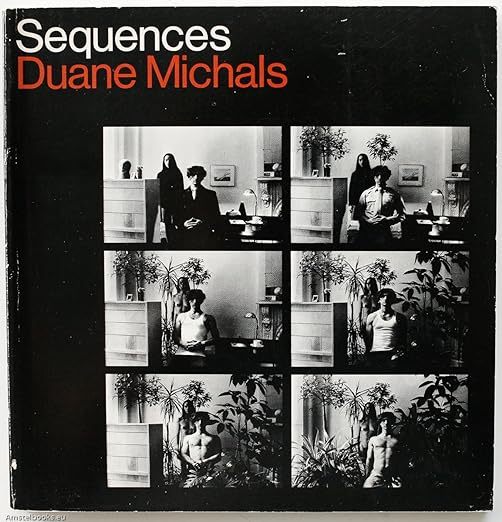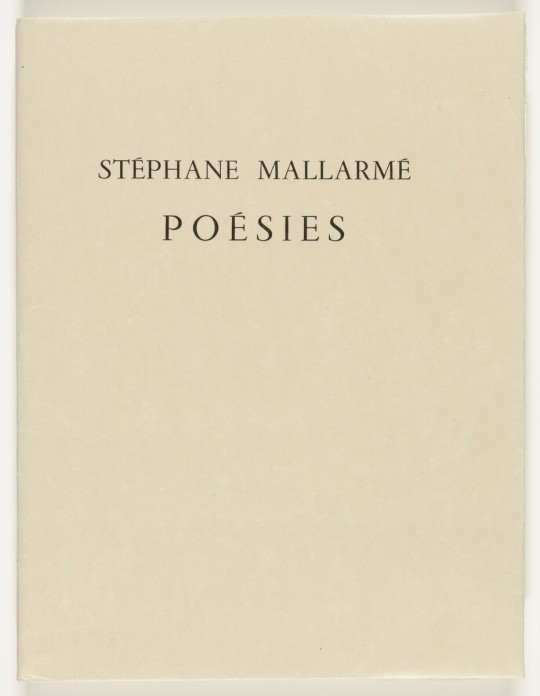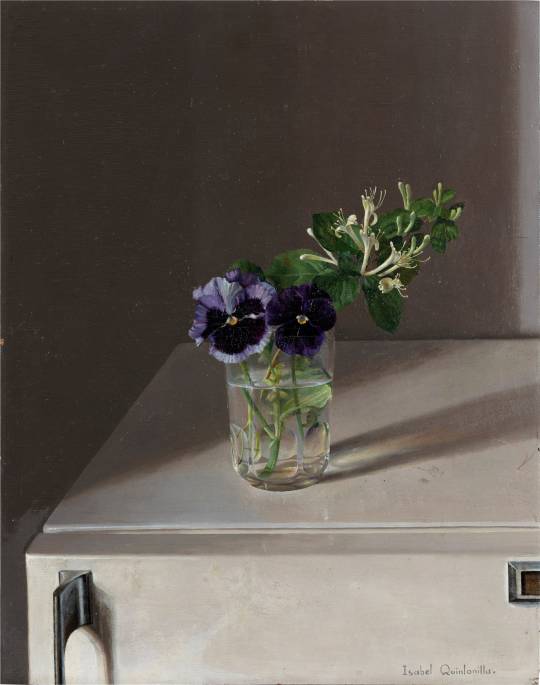Text
All things considered, it is not surprising that Mr. Fischer described his company as a “weird mishmash of these different worlds.”
Lauren Sherman, the writer of the fashion industry newsletter Line Sheet, said that Highsnobiety “doesn’t feel like it comes from journalism.”
“It feels like it comes from commerce,” she continued. “But that’s very modern.”
And that may be what is required to find success in the dire publishing landscape of 2024. But a distinct, assertive voice also helps.
0 notes
Text
Many companies that produce journalism have strict church-and-state divisions between editorial and advertising efforts. The division at Highsnobiety is more like “God and church,” said Nichelle Sanders, the general manager of Highsnobiety in the United States.
The journalism “inspires us in the commercial efforts that we create,” said Ms. Sanders, who also oversees Highsnobiety’s research papers of consumer insights into its audience. “The reason our clients come to us is because we can get into the brain of this amazing editorial team.”
0 notes
Text
INTERVIEWER
Who would you say are your literary forebears—those you have learned the most from?
HEMINGWAY
Mark Twain, Flaubert, Stendhal, Bach, Turgenev, Tolstoy, Dostoyevsky, Chekhov, Andrew Marvell, John Donne, Maupassant, the good Kipling, Thoreau, Captain Marryat, Shakespeare, Mozart, Quevedo, Dante, Virgil, Tintoretto, Hieronymus Bosch, Brueghel, Patinir, Goya, Giotto, Cézanne, Van Gogh, Gauguin, San Juan de la Cruz, Góngora—it would take a day to remember everyone. Then it would sound as though I were claiming an erudition I did not possess instead of trying to remember all the people who have been an influence on my life and work. This isn’t an old dull question. It is a very good but a solemn question and requires an examination of conscience. I put in painters, or started to, because I learn as much from painters about how to write as from writers. You ask how this is done? It would take another day of explaining. I should think what one learns from composers and from the study of harmony and counterpoint would be obvious.
0 notes
Text
So why Los Angeles now? Trevyn McGowan of Southern Guild says, “The design scene here feels audacious, progressive, eclectic, and playful. It’s always been quite strong because there’s so much new building in the city, the properties are large, and people are expressing themselves through the spaces that they live in. People spend a lot of time at home, and their homes are very important to them, so I think that informed the design ethos here.” Further, she notes, “Some of the most interesting and innovative interior designers are based here, which makes sense given the pull of creative industries, the coastal landscape and scenic natural settings, and the storied legacy of film-making here.”
0 notes
Text
In line for champagne, an artist tells me to shut up about astrology, her patron is coming over. She thanks the patron for her patronage. “It was life-changing,” the artist says. Red blotches begin creeping higher and higher up her neck. “It was absolutely a talent-based decision,” says the patron, patting the artist on the shoulder. Everyone was being honest, I wasn’t judging them at all.
I ask what sort of feathers are in the patron’s headband. “That’s such a good question,” she says. “I hear you’re talented for a 26-year-old.” I ask from whom she’s heard but everyone looks up, like they’re looking for the bird that just shit on them.
“This word gossip comes up a lot lately,” says the patron, after a long pause. “Gossip,” the artist says, nodding, “I’ve heard that word.” A blotch crests her chin. It’s all very brave. That’s what my friend Sam says whenever anything happens at a party. “Well, everyone is acting very brave tonight.”
0 notes
Text
But Trump is in office, and my work is deemed less “urgent”—“irresponsible,” even. A curator who selected me for an Art Basel commission ghosts me. A gallerist who wants to work with me says she can’t add a white man to her roster. An esteemed curator from the Middle East tells me I should probably get a day job for a while because my career outlook in the art world is bleak. It becomes trendy to believe that images within contemporary art contexts can directly achieve the goals of political struggle. The proliferation of bad faith gestures toward political change and the aestheticized consumption of other people’s suffering sickens me, especially when these expressions still play into the financial objectives of oil barons, arms dealers, and other vampires.
0 notes
Text
I think when you’re doing stuff like this, self-awareness is key. I think that can serve as a shield to many detractors. But if you do anything public facing, you do have to be in “character” sometimes, whether that’s bad or good.
I think it’s fun. I would say, if I may use some sort of literary language for a second, I’m working with the idea of persona and using it in my work to critique the idea of the persona. But I find it quite dispiriting when I meet people and they’re like, “Oh, I thought you were going to be really mean. I’m scared of you.”
It happens to me all the time.
Really? Your persona is pretty upbeat.
I’m a normal person. I’m not going to make fun of your shirt when I meet you. That’s insane.
There’s this idea that the persona is fake and your real self must be radically different from the character that you perform, but my feeling is that the character you perform is just a heightened party version. Your persona is still you.
It’s like 20 percent dialed up. It’s not that crazy.
People are afraid you’re trying to trick them, but I just want you to have a good time with my work and enjoy reading it.
0 notes
Text
Every generation of New York restaurants includes a few establishments whose tables are notoriously elusive, and I’d long seen those places—say, Carbone or the Polo Bar—as rarities. But in recent years a growing number of restaurants seemed to shift toward the Rao’s model, effectively functioning as private clubs.
Suddenly, getting into any place with even a little buzz required knowing someone, or applying to use Dorsia, an app that grants seats to users who agree to pay a large, nonrefundable sum toward each bill. (It shares a name with the fictional, ultra-exclusive restaurant in “American Psycho.”)
“The best reason to run a functionally private restaurant in New York is also the saddest reason,” Deshmukh told me, as we ate seafood salad and roasted sweet peppers strewn with golden raisins and pine nuts. In the face of inflation and exorbitant rents, “it’s easier to focus on the six hundred people who can pay your bills than on serving the masses.” When your tables are reserved only by regulars, he added, “the number of no-shows goes to zero.” Plus, “you can involve your diners in the conspiracy of it all, at a premium. ‘This fresco olive oil? It’s just for you, because you are such a good customer. That’s fifty dollars, please!’ ”
1 note
·
View note
Text
0 notes
Text
The station has thrived with a defiantly low-stakes approach and penetrating reach into the underground dimensions of the city’s art, literature, nightlife and music scenes.
It’s an appealing alternative for artists frustrated with social media’s race-to-the-bottom incentives and the dwindling number of traditional publishers.
“The media landscape has fractured,” said Whitney Mallett, who runs the small indie magazine The Whitney Review. What Montez does, she said, “is offer a container for a lot of the splinters.”
“Tom was interested in community access TV, and I was interested in community spaces that would bring together various disciplines,” Ms. Skolnik, 34, said.
They reached out to friends to see who might be interested in hosting. Nobody involved had any radio experience, but plenty of people wanted to give it a shot.
In January 2019, Montez Press Radio became a permanent venture. Initially backed by the press, the station became a separate nonprofit entity, subsisting on grants and fund-raising. (There’s no more pirate antenna — now the station is online only.)
Though podcasts had become something of a trademark product for New York’s downtown, many of the station’s contributors immediately saw the appeal of live radio.
“There’s a lot of joy in it that feels really communal,” said Dena Yago, a writer and visual artist who co-founded the high-concept trend forecasting agency K-Hole. She hosted “New York Conversation,” what she called a “Brian Lehrer-style call-in show.” She invited experts on to discuss garbage, rats and traffic-control systems.
Ms. Skolnik and Mr. Laprade who handle Montez’s day-to-day booking, are not too precious about polish, and they embrace spontaneity. Over the years, Montez has aired Tanzanian dance music; a round table of artists and writers reading offbeat erotica; songs off a broken iPod that skips forward at random; and “astrology through the lens of Yu-Gi-Oh!”
“They make me believe people in New York are interesting and have wild interests,” said Kaitlin Phillips, the publicist and onetime host of the Montez show “Insider Baseball.” (She does not do publicity for the radio station.) “The internet era can make you forget that people know things you don’t. I’m always like, Where do they find these people?”
One night, during an ambient music show at the station, Mr. Laprade, 33, heard a racket from the sidewalk outside. It was a young guy wearing “K-Swiss sneakers, JNCOs, doing this ’NSync thing with an amp on the corner,” he remembered. “I was about to tell him to shut up. But I was like, Whoa, wait, what are you doing? This sounds really cool.”
So while Montez may be something of an anachronism, for the city’s young artists and writers, it arrived at exactly the right time. Community radio, once a vibrant ecosystem in Manhattan, had been struggling to stay afloat for years. Know Wave, a station with ties to the art world, stopped regularly broadcasting in 2018; East Village Radio closed in 2014 (though it is expected to return next month). These stations, which streamed online, carried the torch from the halcyon days of the late 1970s and early ’80s, when community radio was how New Yorkers learned about what was going on in the city’s underground cultural scenes.
“What Montez is doing reminds me of what I read about the Mudd Club or Danceteria,” said Adrian Rew, an East Village record store owner with a Montez show, “where punks and avant-garde artists and curators were all rubbing shoulders.”
0 notes
Text
0 notes
Text
Shopping in Paris…. Shopping in Paris!!!!!! You’re in the hands of experts. I especially love how the shopkeeper will carefully wrap up your packages, a process that often takes seven or eight minutes – a Dries dress in a wax paper sack, the Agnes cardigan in a paisley bag – and then they ask for your credit card. Why does this – what’s called in the biz “the selling ceremony” – feel so right, so elegant? It reminds you that the money is only part of the point. The purpose of shopping is elegance, improvement and discernment. Ahhhhh. And while we’re at it: oooooh.
0 notes
Text


Jean Royere "Polar Bear" couch
Labeling his furniture designs with dry numeric codes wasn’t for Jean Royère. The Mushroom lamp, the Elephant chair, the Banana sofa—the Frenchman’s pieces delivered on their whimsical names, supplying cosmopolitan buyers from the 1930s to the 1970s with plump curves and snaking lines. Royère, who lived from 1902 to 1981, is now best known for his Polar Bear sofa and chairs, Instagram mainstays that have sold for $1 million-plus at auction. But Maison Royère, a new venture that launched in December, aims to revive his broader legacy.
0 notes
Text




Duane Michals (b. 1932, McKeesport, PA) is one of the great photographic innovators of the last century, widely known for his work with series, multiple exposures, and text.
Michals first made significant, creative strides in the field of photography during the 1960s. In an era heavily influenced by photojournalism, Michals manipulated the medium to communicate narratives. The sequences, for which he is widely known, appropriate cinema’s frame-by-frame format. Michals has also incorporated text as a key component in his works. Rather than serving a didactic or explanatory function, his handwritten text adds another dimension to the images’ meaning and gives voice to Michals’ singular musings, which are poetic, tragic, and humorous, often all at once.
“In the late 1960s Duane Michals made an influential discovery: the photographic sequence, in which he’d pull a staged narrative out across a series of stills. Fifty years later, at the age of 83, he’s now made his first video … which in some ways does the opposite: His new medium allows him to pile his images one on top of another.”
- Blake Gopnik
Duane Michals uses text and photographs in a deliberate combination to extend the narrative of both mediums creating mini photo-short stories. They are often of a personal nature Michals relies on his own history as subject material often re-creating scenes in his family life to form modern day parables in a modern day medium.
0 notes









